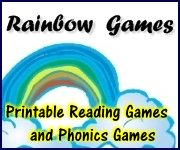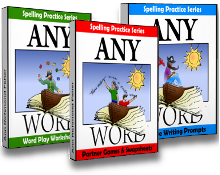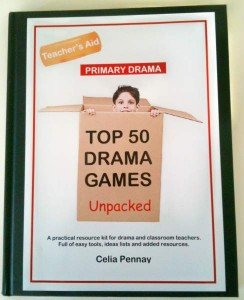Writing Realistic Fiction with Your Students?
As Companion Writing, Short Fiction Pieces Flow Easily from Novels You Teach!
Leap into writing realistic fiction by using the novels your students are currently reading. Your fiction writing lesson plans are a snap when designed as creative activities alongside any novel.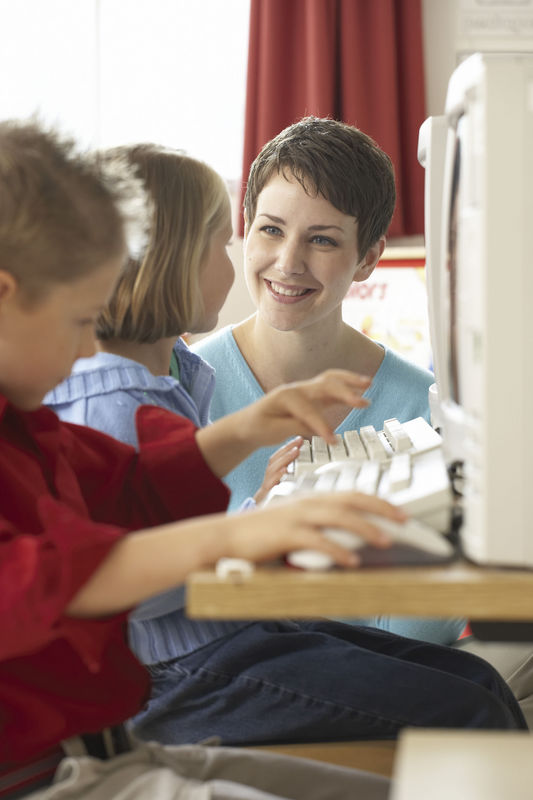
Students often have difficulty writing realistic fiction, although realistic fiction itself remains a favorite reading choice among many young writers.Kids may successfully pen folktales or fables,biographies, autobiographies, or informational reports, as these creative writing topics tend to be formulaic or episodic.
Writing realistic fiction, however, requires a LOT of advance planning and original thought!
Guide Students in Basing Fiction Writing Prompts upon Favorite Novels
I've used the following step-by-step process with great results. Original realistic fiction gradually flows from the pens of young writers who understand the elements of a fascinating story.First, let's review the characteristics of the genre:
- Characters: Fictional characters who behave in realistic ways.
- Problem: The primary characters face a dilemma to solve.
- Description: Vivid language is used to inform the reader of places, events, and people.
- Setting: The story takes place in the relatively modern day, in a recognizable sort of place.
- Plot: The story has a logical sequence of events and wraps up with a solution to the problem.
- Dialogue: The characters' conversations reveal their personalities and move the plot along.
Next, sort different types of writing or genres with your students by using these categories:
- It REALLY happened! (biography, autobiography, memoir)
- It could NEVER happen! (folk and fairy tales, myths, fables, fantasy)
- It COULD happen. (realistic fiction)
Realistic Fiction Writing Exercises
Assign realistic fiction titles to your literature groups. After "round table" discussions of what elements comprise a "you've GOT to read this!" story, have kids begin plotting, drafting, and writing their own tales, using one or more of the following three techniques: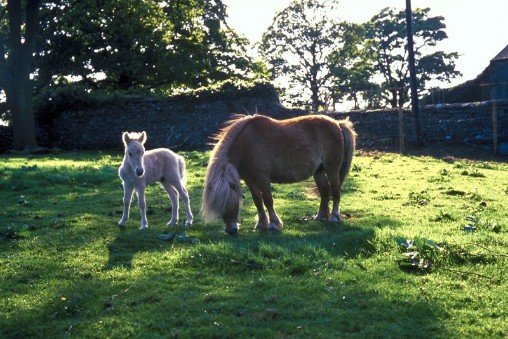
Plan B:Think about a problem facing you or someone you know. Imagine that a fictional character is dealing with this same problem. Brainstorm ways your character might tackle and solve this issue. As an example, perhaps a friend or relative is struggling to find work. Create a character facing the same dilemma. Maybe the character opts for self-employment, growing a lucrative business.
Plan C:Choose a fairy tale and update the story in a realistice way. As an example, think of the classic Cinderella, a story of a hard-working girl, two pampered stepsisters, an likely romance with a prince, an elegant ball, and a castle.
Here's a modern update: Cindy is a hosemanship student, working her way through college on an equestrian work-study program. She has the dirty job of cleaning the stables each day, as well as prepping the riding rings. She must also care for the horses belonging to the other wealthy students, girls who don't need to work for tuition. She's caught the eye of a fellow student, a young man who is the son of one of the most legendary families in Thoroughbred racing. She knows he'll be at a competition this Saturday. Can Cindy find a way to complete her barn chores and get to the show ring that day? Will she need a modern "fairy godmother?"
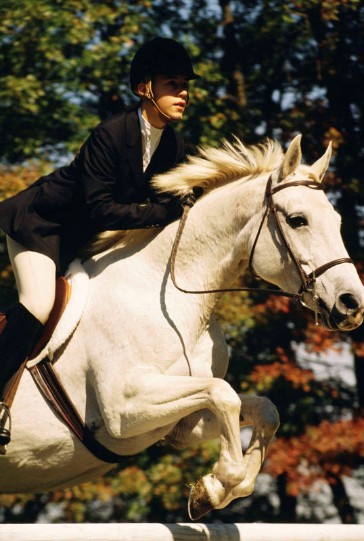
Continue the planning practice by brainstorming plot steps and additional ways to solve the major problem. Finally, encourage students to critique their own stories using criteria for the genre.
As you can see, the novels that kids are currently reading can form a supportive scaffold upon which to begin writing realistic fiction! Have fun!
Return from Writing Realistic Fiction to Creative Writing Topics
Return from Writing Realistic Fiction to Creative Writing Ideas and Activities
Helping You Write Across the Curriculum!
copyright 2009-2013 www.creative-writing-ideas-and-activities.com
Our Most Popular Pages
5. Writing a Personal Narritive
10. Elements of Persuasive Writing
Recommeded Resources:
AnyWord(TM) Spelling Practice Series!
Worksheets, games and activities to use with any spelling words. Three volumes in all!
Stop Essay Pain!
LitWorks.com
Resources to help students prepare for literature examinations.
Teach Kids Drama!





